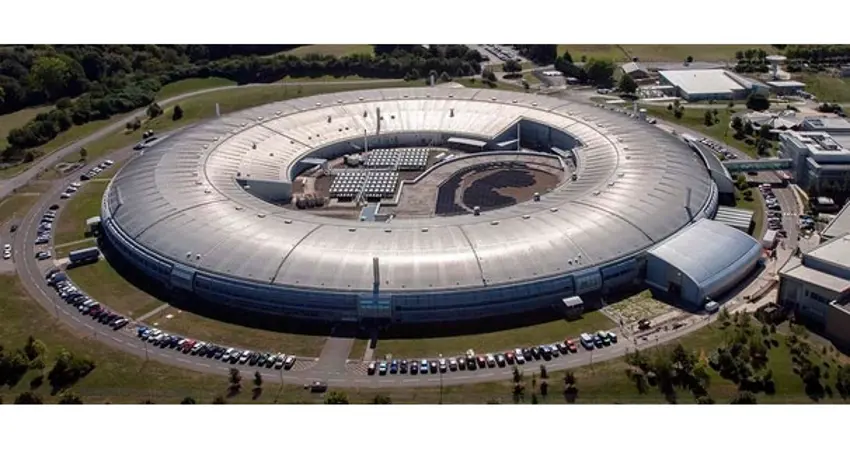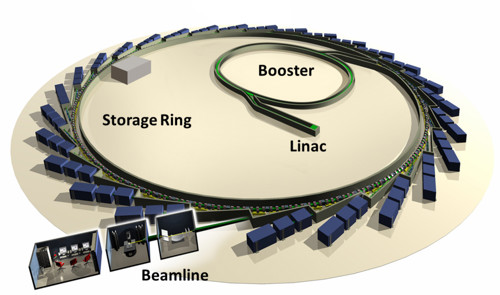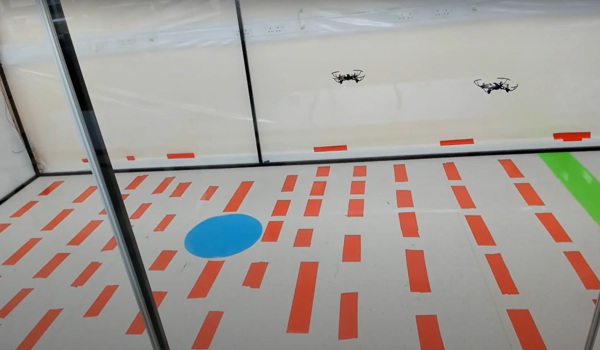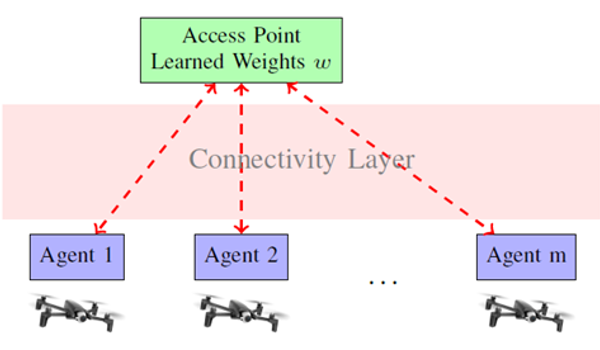21 Jun 2021
Control at the Diamond Light Source
Spotlight on ongoing work by Idris Kempf

Diamond Light Source is the UK’s national synchrotron facility that produces synchrotron light for research. The exceptionally bright light is produced by electrons that circulate around a 560m storage ring and have been previously accelerated close to the speed of light. The light is channeled into the beamlines, where it is used as a source for various microscopy experiments.
An assembly of magnets produces a strong magnetic field that guides and confines the electrons in the storage ring. Large magnet arrays steer and focus the electron beam whilst smaller corrector magnets attenuate vibrations induced by disturbances, such as people walking around the building or cars passing on the nearby highway. These disturbances reduce the brightness of the synchrotron light and therefore impact the microscopy experiments.

At the Control Group of the University of Oxford, we design and implement algorithms that respond to the effect of the disturbances by measuring the vibrations and actuating the corrector magnets. This is achieved using a feedback loop, where the measurements are used to compute the control inputs for the corrector magnets. Because the electrons travel close to the speed of light, the 396 control inputs are updated 100,000 times per second. As there are 252 sensors and 396 corrector magnets distributed around the storage ring, the implementation of this feedback loop is particularly difficult.

To realise such as system, we are using highly specialised computing hardware that is connected to the sensors and actuators using hundreds of meters of fibre cables. The feedback loop also requires customised algorithms to effectively attenuate the disturbances, which we design and implement for Diamond Light Source. We are using an algorithm called model predictive control that continuously predicts the future behaviour of the electron beam. At each time instant, the algorithm computes the corrector magnet settings that will reduce the beam displacement in an optimal way while considering the physical limitations of the system, such as the maximum current the corrector magnets allow for. This is a challenging problem to solve at the required speed, which is why we exploit the symmetry of the synchrotron, customise existing algorithms and develop new matrix factorization tools that allow to simplify the problem.




